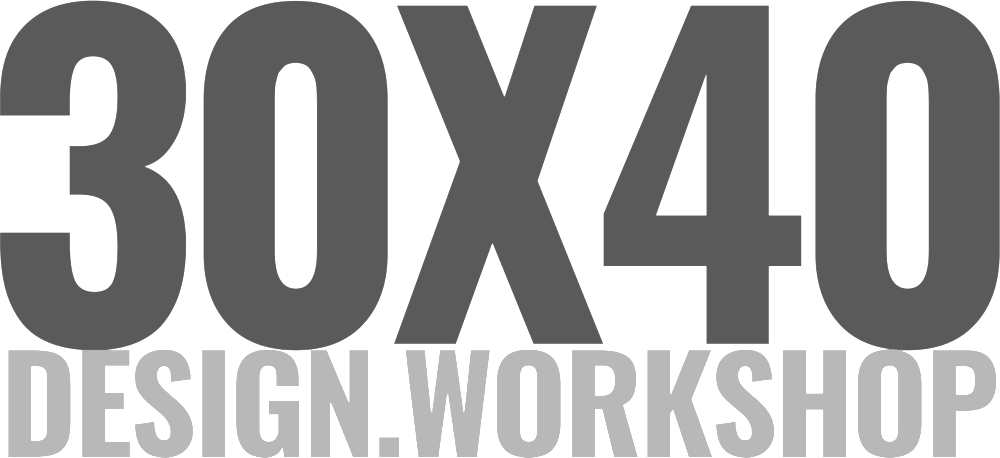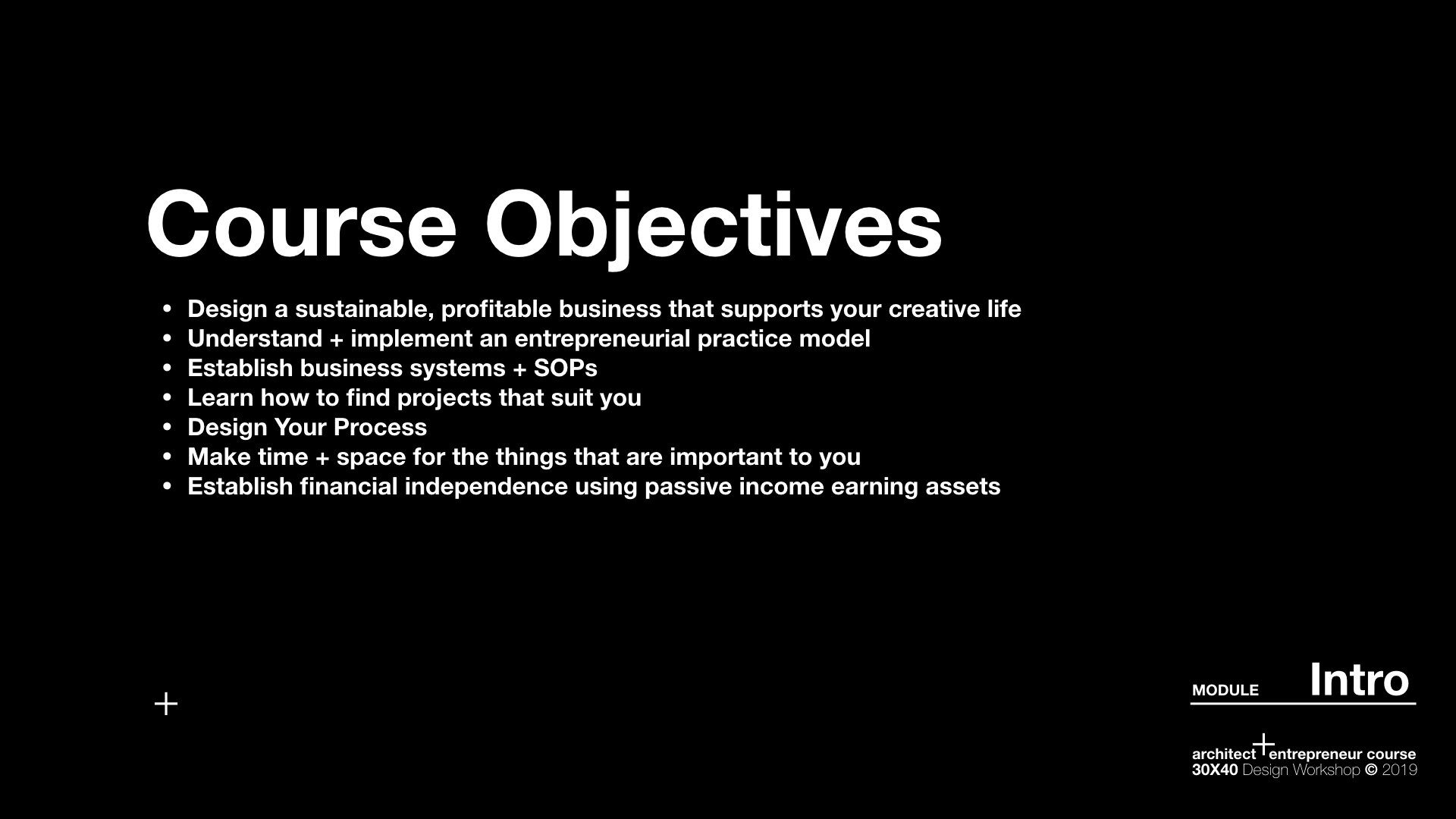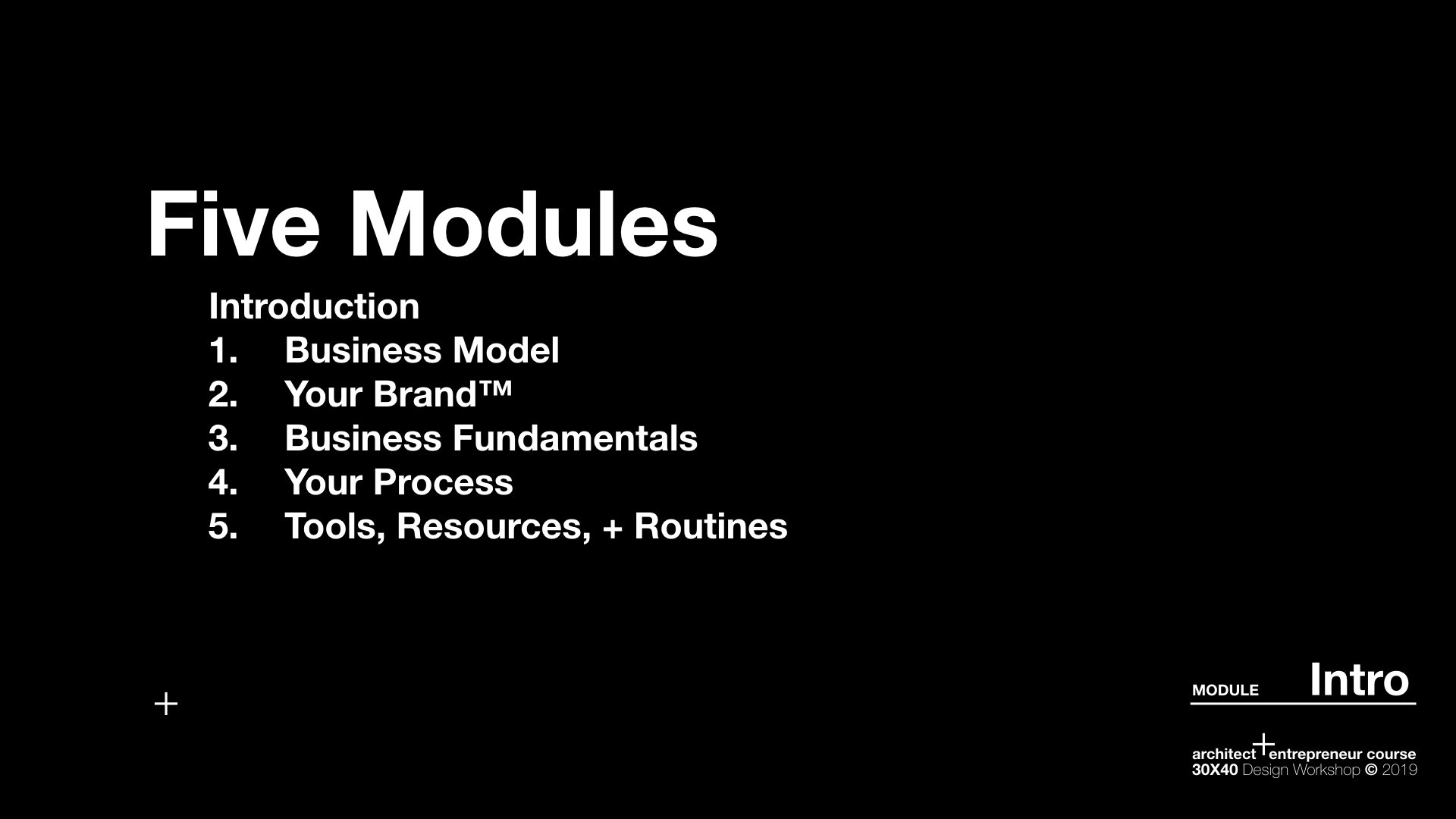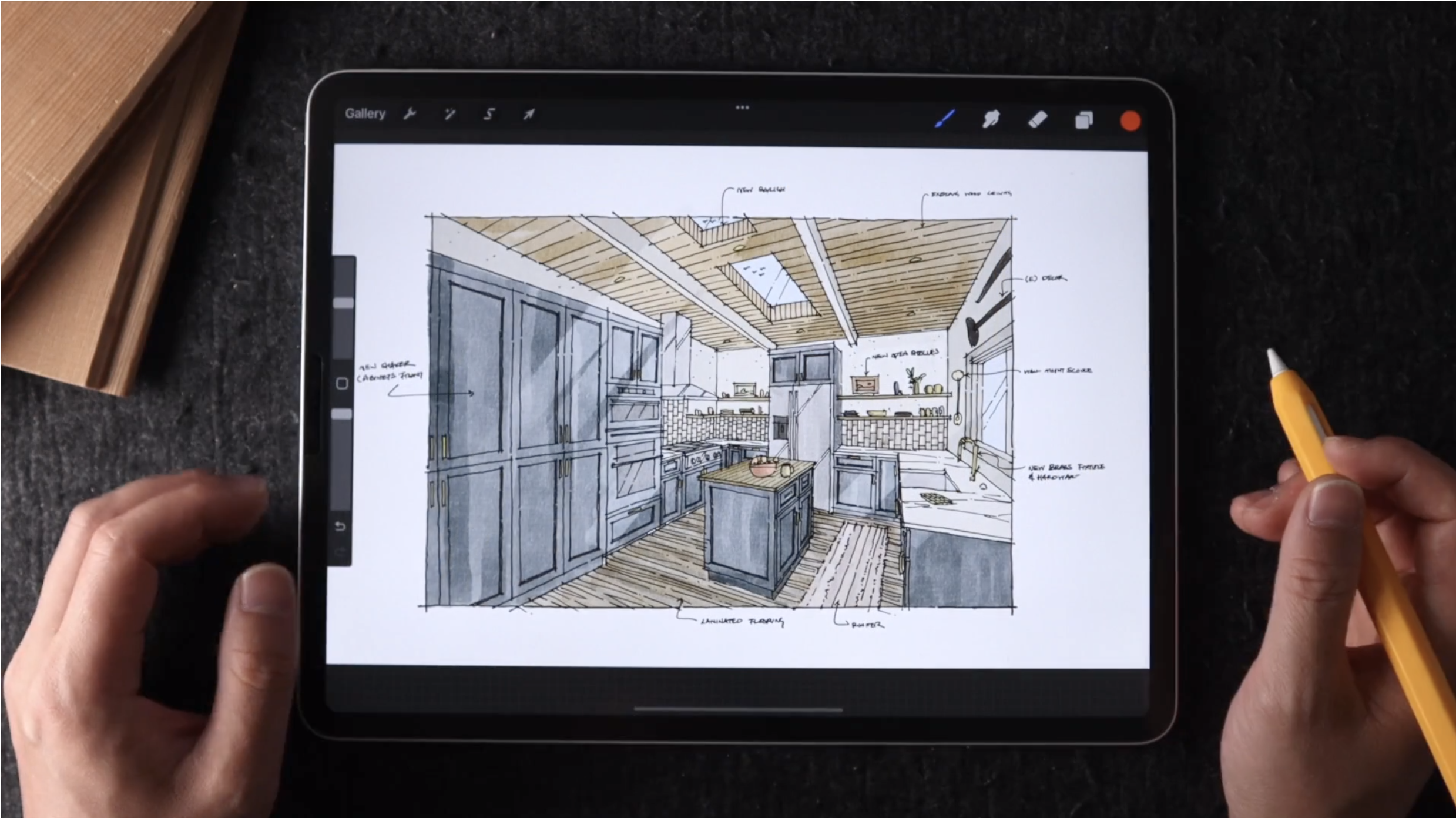Most architects don’t dream of designing warehouse layouts. But that’s exactly where Wojciech found himself—trapped in a corporate job that paid the bills but left his creativity untapped. No ownership, no control, just an endless grind drafting someone else’s ideas.
One small side project changed that.
A simple request
Four years after graduating architecture school, his parents asked him to design a sauna. It wasn’t a big job and it paid nothing. But it was something he could own from start to finish. He documented the process, shared it online, and to his surprise—people asked where they could buy the plans.
He answered putting up a simple payment link and a 17-page PDF for $50. It worked - three sales in the first month turned into six, then ten. A steady stream of income that proved something important: his architectural skills could have value beyond the constraints of traditional practice. He could package his expertise into a product that helped others and profit from it not once, but many times over.
With his idea validated, a business was born: Homemade Sauna.
Two years later, when his entire corporate division was eliminated without warning, Wojciech had options. If he had bet everything on the "security" of a paycheck—he'd have been left scrambling, desperate, and forced to take the next job that came along.
Instead, his nascent business became his full-time work.
Today, he earns four times his corporate salary selling his designs—without the commute, the meetings, or mindless warehouse design.
How He Did It
In the full video, Wojciech shares:
The exact steps he took to replace (and 4X) his salary with digital products
His marketing strategy for selling plan sets
How he priced his products to maximize revenue
How new experiments have led to more business opportunities
What he’s doing now to scale his business
And if you want learn more from his path, check out the PDF download below for all the details—his marketing plan, pricing strategies, startup costs, and tools.
Interested in replicating Wojciech’s success? Here’s your shortcut.
Architect + Entrepreneur Course
When I started 30X40 Design Workshop in 2013 I was focused on building a non-traditional studio. I wanted to design homes, but as a creative person with many interests, I wanted a business that would allow me to explore them all. I made a very simple shift in the way I practice and this course explains how you can make that transition too. You’ll learn how to make the same creative white space Wojciech did so you can do more of the things you want to do. And, I’ve been selling plan sets since 2014, so I know all the ups and downs that Wojciech speaks of in the video.
It doesn't matter if you live in a city, a suburb or a remote island - like I do - when you apply the principles of entrepreneurship to reinvent a conventional practice model you'll earn more and have more time for the things you enjoy.
Whether you’re just getting started or you’ve been at this a while and you’re not where you’d thought you’d be, you’ll find valuable lessons here. I share what saves me time and makes my business more money each month. The curriculum provides a framework and a set of actionable steps that will help you put in place the systems required to design a business that works for you. You’ll have the freedom to choose what you work on each day, a purpose driving you forward and the time to spend on the things in life that really matter: your personal relationships.
Without the freedom to chose what I work on each day, a purpose driving me forward and strong personal relationships I don't consider myself successful. How you judge success may be different. Maybe your metrics are financial, maybe you want to run an international team, or win the Pritzker or travel full-time. There are no right answers, only ones that are right for you. This course teaches you to work with intention, toward goals that matter.






